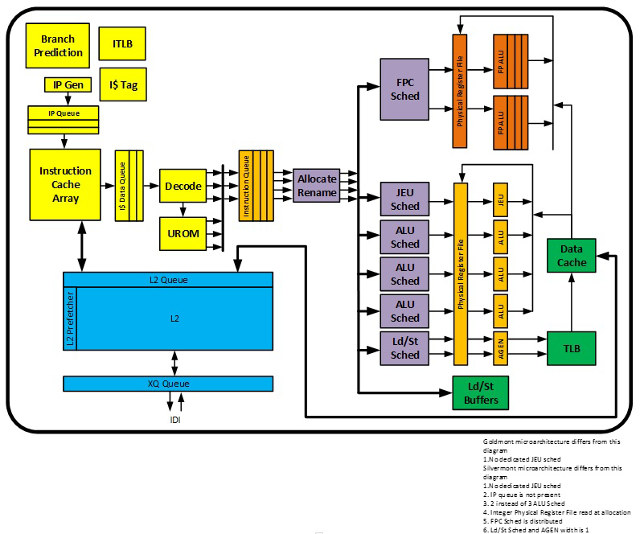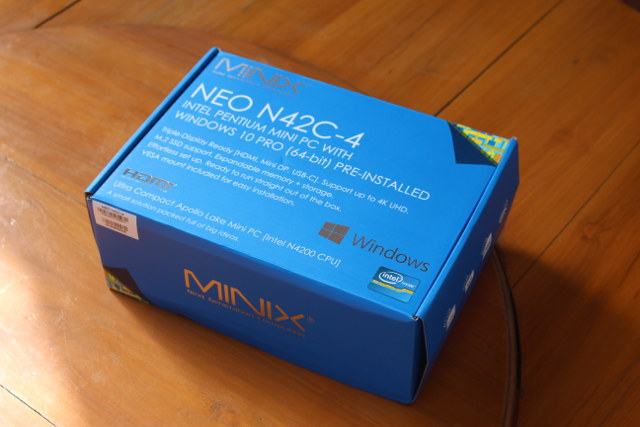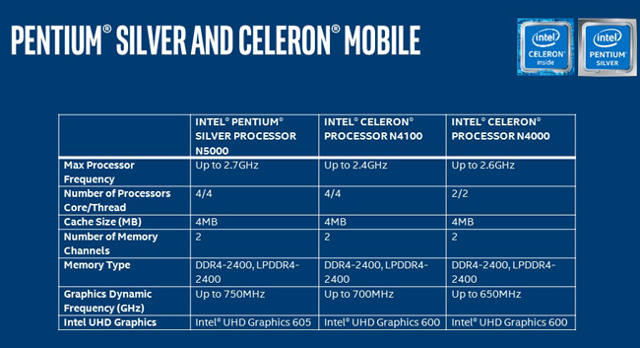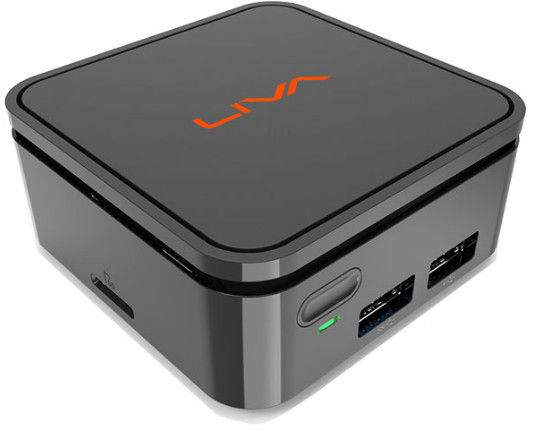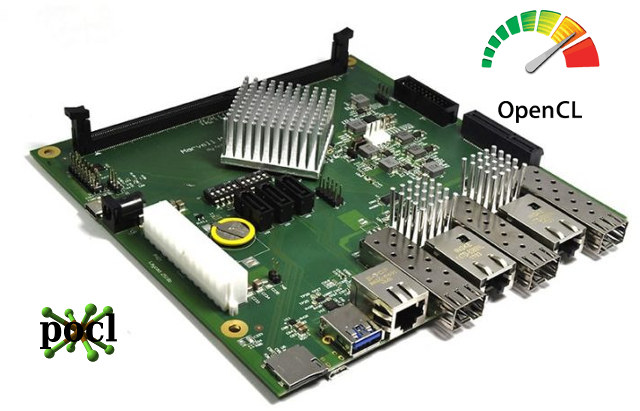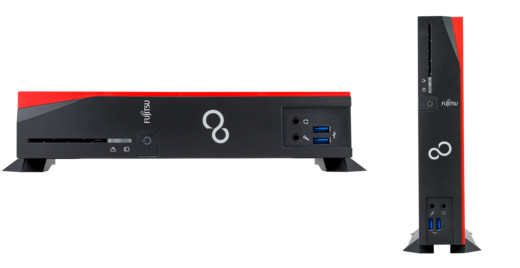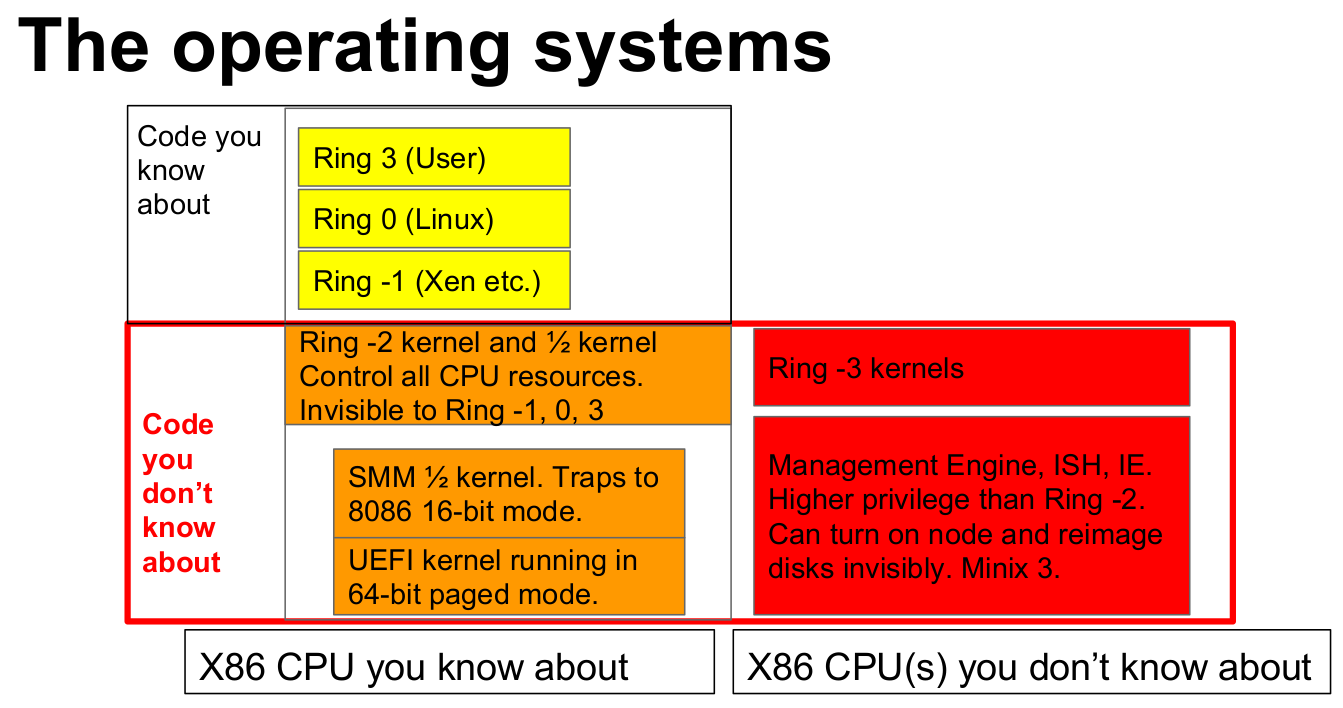2017 is coming to an end, and as I do every year, I’ll take a look back at the year that was on CNX Software. The pace of development boards launches has not slowed down this year, and we get an even wider range from the low-end with Orange Pi or NanoPi boards, to much more powerful ARM boards, and some new entrants like Libre Computer. The same is true for TV boxes, most of which now support 4K HDR, ranging from ultra cheap models selling for less than $20 to higher end Android TV boxes, while mini PCs were dominated by Intel Apollo Lake models, although some Cherry Trail products were also launched. Processor-wise, Amlogic launched more Amlogic S905X derivatives with S905W/S905D/S905Z, which are popular in the TV box market. Rockchip’s most interesting processor this year was RK3328 quad core Cortex A53 processor designed for 4K HDR Android TV […]
More Details about Goldmont Plus Microarchitecture (used in Gemini Lake Processors)
2017 was the year of systems based on Intel’s low power, low cost Apollo Lake processors, and provided Intel does not suddenly decide to cancel yet another product, they will be replaced by Gemini Lake processors in 2018. The former is based on Goldmont microarchitecture, while the latter relies on the updated Goldmont microarchitecture. Intel has now released a document entitled “Intel 64 and IA-32 Architectures Optimization Reference Manual” where you’ll find more gritty technical details about Goldmont Plus in chapter 16 “SOFTWARE OPTIMIZATION FOR GOLDMONT PLUS, GOLDMONT, AND SILVERMONT MICROARCHITECTURES”. The enhancements over Goldmont include: Widen previous generation Atom processor back-end pipeline to 4-wide allocation to 4-wide retire, while maintaining 3-wide fetch and decode pipeline. Enhanced branch prediction unit. Improved AES-NI instruction latency and throughput. 64KB shared second level pre-decode cache (16KB in Goldmont microarchitecture). Larger reservation station and ROB entries to support large out-of-order window. Wider integer execution […]
MINIX NEO N42C-4 Triple Display Capable Mini PC Review – Part 1: Unboxing and Teardown
MINIX NEO N42C-4 mini PC was first unveiled last September at IFA 2017, as the first Apollo Lake mini PC from the company. The device has some interesting features like the possibility to upgrade the RAM thanks to two SO-DIMM slots, and storage via an M.2 SSD slot, and support for up to three display via HDMI 1.4, mini DisplayPort 1.2, and USB type C connector. Just like MINIX NEO Z83-4 Pro model, the device is pre-loaded with an activated version of Windows 10 Pro, and includes a VESA mount. The company has now officially launched the device, with sales starting at the end of December for US$299.90 / 299.90 Euros on sites like Amazon [Update: NEO N42C-4 is now up for pre-order on GearBest]. MINIX has sent me a unit for review, so as usual, I’ll start by checking out of hardware, before testing Windows 10 Pro, system performance […]
Six Intel Gemini Lake Processors Launched: Pentium Silver N5000 / J5005, and Celeron N4100, N4000, J4105 and J4005
Most of us have been expecting Intel Gemini Lake processors for a while, many of the features are already known, but there were some delays, and Intel has now only officially launched Intel Gemini Lake family with 6 processors. The models include two Pentium Silver quad core processor with N5000 for mobile, J5005 for desktop, and four Celeron dual/quad core processors with N4000 & N4100 for mobile, and Celeron J4005 & J4105 for desktop. All processors share the same 4MB cache which will help with performance improvement, and dual channel DDR4-2400, LPDDR4-2400 memory. Pentium processors come with Intel UHD Graphics 605 clocked up to 750/800 MHz, and Celeron processors are instead equipped with UHD Graphics 600 up to 650/750 MHz which the exactly frequency depending on model. The company also introduced Intel Pentium Silver and Intel Pentium Gold brand levels with the former on Gemini Lake architecture, and the latter […]
ECS LIVA Q Could Be The World’s Smallest 4K mini PC
Taiwan based ECS announced several Apollo Lake mini PCs in the past such as Liva Z /ZE based on Intel Celeron N3350/N3450 or Pentium N4200 processor. The company has now launched a new Apollo Lake model. LIVE Q is powered by either Intel Pentium N4200 quad core processor, or Intel Celeron N3350 dual core processor, fitted with 2 to 4GB RAM, and the company claims it’s the world’s smallest “4K pocket computer”. ECS LIVA Q specifications: SoC Intel Apollo Lake Pentium N4200 quad core processor @ 1.1 / 2.5 GHz with 18EU Intel HD graphics; 6W TDP Intel Apollo Lake Celeron N3350 dual core processor @ 1.1 / 2.4 GHz with 12EU Intel HD graphics; 6W TDP Memory – 2GB/4GB LPDDR4 Storage – 32 or 64GB eMMC flash, micro SD slot up to 128GB Video Output – HDMI 2.0 up to 4K @ 60 Hz Connectivity – Gigabit Ethernet, Intel […]
First OpenCL Encounters on Cortex-A72: Some Benchmarking
This is a guest post by blu about his experience with OpenCL on MacchiatoBin board with a quad core Cortex A72 processor and an Intel based MacBook. He previously contributed several technical articles such as How ARM Nerfed NEON Permute Instructions in ARMv8 or OpenGL ES development on Ubuntu Touch. Qualcomm launched their long-awaited server ARM chip the other day, and we started getting the first benchmarks. Incidentally, I too managed to get some OpenCL ray-tracing code running on an ARM Cortex-A72 machine that same day (thanks to pocl – an LLVM-based open-source OCL multi-platform implementation), so my benchmarking curiosity got me. The code in question is an OCL (half-finished) port of a graphics demo from 2014. Some remarks of what it does: For each frame: a single thread builds a sparse voxel octree from a dynamic voxel scene; the octree, along with current camera settings are passed to an […]
FUJITSU FUTRO S540, S740, and S940 Thin Clients are Powered by Intel Gemini Lake Processors
Intel Gemini Lake processors should be officially launched in a few weeks with Pentium & Celeron SKUs. We already have a good idea about the new processors’ features, but AFAIK so far there’s been no official announcement of products based on the new processor family, since companies must still be under embargo. FanlessTech noticed three new FUJITSI FUTRO thin clients (S540, S740, and S940), and upon further research found they were based on mini-ITX and mini-STX motherboards equipped with Intel Celeron J4005/J4105 or Pentium J5005 Gemini Lake SoC. Let’s have a look at one of the models’ specifications (FUTRO S940): Mainboard – D3543-A mini-ITX board SoC – Intel Pentium Silver J5005 quad core processor @ up to 2.8 GHz with Intel Gen9 HD Graphics supporting DirectX 12, OpenGL 4.4, Open CL 1.2, OpenGL ES 3.1, Vulkan; 10W TDP System Memory – 2 GB – 16 GB via SO-DIMM slot (DDR4, 2400 […]
MINIX based Intel Management Engine Firmware & UEFI are Closed Source & Insecure, NERF to the Rescue!
You may have heard a few things about Intel Management Engine in recent months, especially as security issues have been found, the firmware is not easily upgradeable, and the EFF deemed it a security hazard asking Intel for ways to disable it. In recent days, I’ve seen several media reports about the Management Engine being based on an Intel Quark x86-based 32-bit CPU running MINIX open-source operating system. Keep in mind, there’s nothing nefarious about MINIX, it’s just that Intel keeps its own developments on top closed. One of sources for the information is a blog post explaining how to disable Intel ME 11, but ZDNET also points to one of the talks at the Embedded Linux Conference Europe 2017 entitled “Replace Your Exploit-Ridden Firmware with Linux” by Ronald Minnich, Google which explains the problem, and proposes a solution to (almost) disable Intel’s ME, and replace UEFI by a small […]



